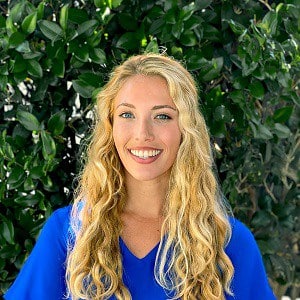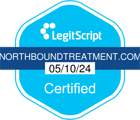Many of the concepts incorporated into drug and alcohol treatment programs are based on basic learning and conditioning research done by some of the early pioneers of behavior therapy. Of course the most notable of the original learning and conditioning scientists is Ivan Pavlov. While he was considered the first to form the Classical Conditioning model, a lesser known researcher at the same time, E.B. Twitmyer was actually the first to develop the theory. Legend has it that Twitmyer presented his research before Pavlov at a conference, but Twitmyer gave his lecture at the conference right before lunch and the lecture was too long to hold everyone’s attention. So, Pavlov is credited for developing the classical conditioning model. The classical conditioning model says that a previously neutral stimulus can cause a response through the association of a conditioned stimulus with an unconditioned stimulus. The best proof of this in drug rehab, or in addiction treatment, is when a cocaine user, or cocaine addict, sees a rolled-up dollar bill. The cocaine addict might automatically begin to feel the numbness in the back of his throat, or a burn in his nose, as his body/mind automatically remembers what it feels like to sniff cocaine through a rolled-up dollar bill. The classical conditioning model is the basis for what we in addiction treatment call Triggers. Triggers are generally neutral stimuli that cause an addict to begin to crave a drug. The stimuli may be neutral to a “normal” person (such as rolled-up dollar bill), but to an addict produces a strong physiological response.
There is stimulus generalization and stimulus discrimination. Stimulus Generalization is when all dollar bills produce a physiological response and stimulus discrimination is when only $100 bills produce a physiological response.
E.L. Thorndike thought that all human behavior is based on cause and effect. He assumed that the Law of Effect, which is when actions produce pleasure or reach a goal are more likely to be reproduced, is something that is uniformly experienced by all people. The lay of exercise states that the more an action or response is used in a given situation, the more strongly the act becomes associated with that situation. The similarities of Thorndike’s theory to the process of addiction is obvious.
C.L. Hull expanded on Thorndike’s theory and developed the Law of Primary Reinforcement. This law states that when a stimulus-response relationship is followed by reduction in a bodily need, the probability increases that in subsequent occasions the same stimulus will generate the same response. There are Primary Reinforcers which is a stimulus that is inherently reinforcing by satisfying a physical need (e.g., sex, food, air, etc.). There are primary punishers which is a stimulus that is inherently punishing to the organism (pain, extreme heat, etc.). There are secondary reinforcers which are stimuli that have acquired reinforcing properties through association with other reinforcers (money, praise, good grades, etc.). And finally Hull said there were secondary punishers which are stimuli that has acquired punishing properties through association with other punishers (criticism, verbal scoldings, fines).
There is positive reinforcement which occurs when a response is followed by the presentation of a pleasant stimulus. The response becomes stronger and more likely in the future (e.g., when a student gets good grades). There is negative reinforcement which occurs when a response is followed by the removal, delay or decrease of an unpleasant stimulus (e.g., seeing a bully and running away thereby avoiding the beating). There is positive punishment, which occurs when a response is followed by the presentation of an unpleasant stimulus (e.g., when a child is scolded by his/her parent). And there is negative punishment which occurs when a response is followed by the removal of a pleasant stimulus (e.g., being grounded after misbehaving).
At Northbound we use all of the above methods of reinforcement in our treatment programming to reinforce are treatment. Our elaborate system of Consequences and Rewards is based on these concepts of classical conditioning.
Author
-

President, CEO & Founder at Northbound Treatment Network
Paul Alexander is the CEO, President & Founder of Northbound Treatment Network in Newport Beach, California. He believes wholeheartedly in transformational leadership, organizational health and effective, fully integrated substance use disorder and mental health treatment. With over 27 years of experience in behavioral healthcare, Paul has extensive knowledge of “in vivo” treatment modalities, clinical development, operations, strategy, marketing and financial planning. He has been widely recognized for his development of collegiate-based residential treatment programs for students in recovery and authored a research study at The University of California confirming this modality’s effectiveness.
Paul’s comprehensive professional experience, willingness to innovate, and emphasis on organizational health are vital factors in Northbound’s continued success. Paul received his Certified Addiction Treatment Specialist training at Saddleback College in Mission Viejo, CA, and was awarded Outstanding Alumni Service Award in 2002. Paul holds a Bachelor of Arts degree in Criminology, Law and Society, Summa Cum Laude, from University of California, Irvine, and a Juris Doctorate degree from Loyola Law School of Los Angeles. Paul currently serves on The National Association of Addiction Treatment Providers (NAATP) board. In addition, he serves on The Family Recovery Foundation board and The CarePossible board in Orange County; both organizations are committed to raising funds for family recovery and treatment for former military personnel. Paul is in recovery himself and lives in Orange County with his wife Silvana and his two young sons, Noah and Dean.










